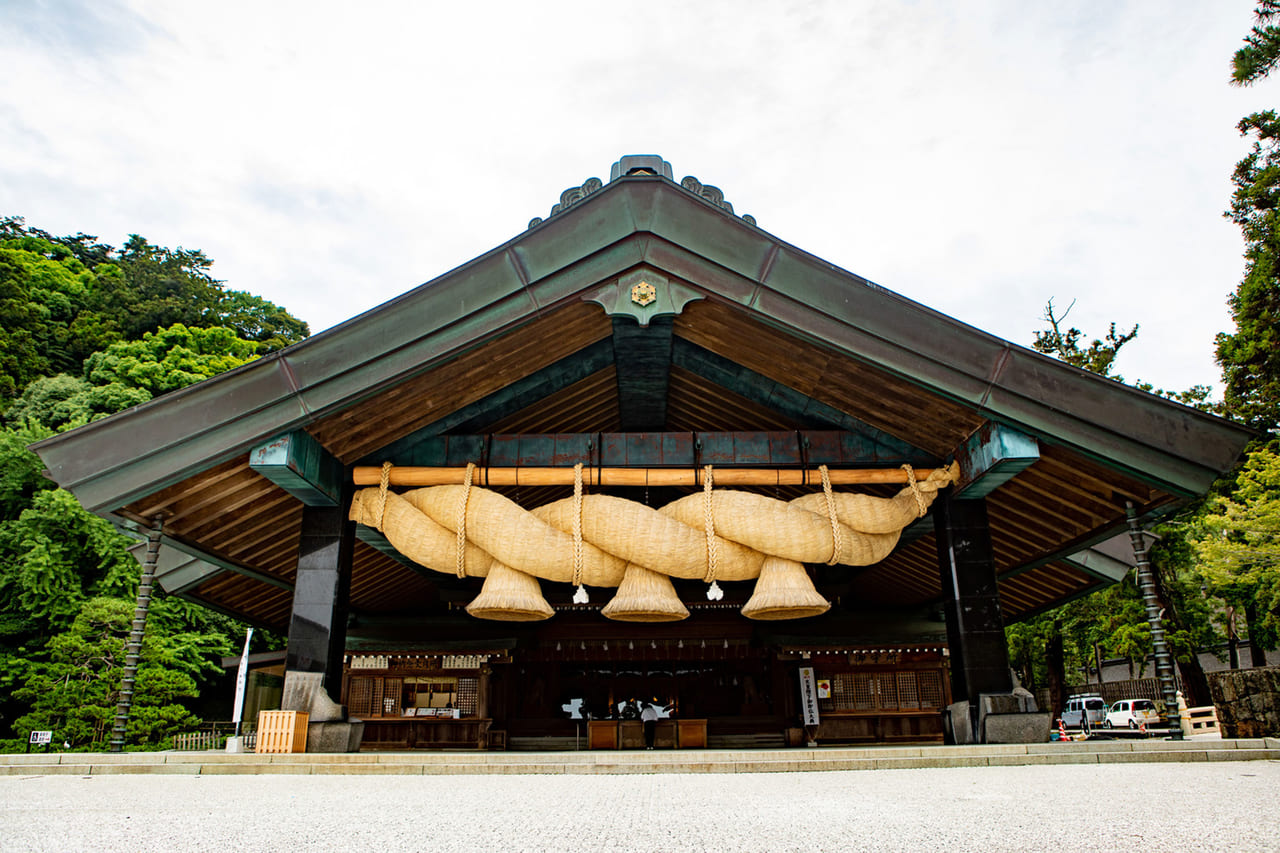Prof. Takahiro Kanno, DDS, FIBCSOMS, FIBCSOMS-ONC/RECON, PhD
Department of Oral and Maxillofacial Surgery,
Shimane University Hospital,
Izumo, Shimane, Japan

Title of Lecture②:
Trends of Surgical Approaches for Open Reduction and Internal Fixation of Mandibular Condyle Fracture
Abstract
Our maxillofacial injuries are commonly encountered in the daily practice and of emergency medicine. Nearly 50% of such patients with these facial injuries have multisystemic trauma that requires coordinated management between emergency physicians and surgical specialists.
Of these, the mandibular condylar process is one of the most frequent sites of mandibular fracture. Mandibular condylar fractures account for 18% - 52% of all mandibular fractures as the most common fracture site of the mandible. Although absolute and relative indications for surgical treatment of open reduction and internal fixation (ORIF) have been proposed, treatment choices in such patients tend to be based on the surgeon’s experience and preferences. When mandibular condylar fractures cause oromandibular dysfunction, surgical treatment of ORIF may be needed for better occlusion and temporomandibular joint function because accurate reduction and rigid fixation allow good anatomical repositioning and immediate functional recovery. Recently, surgical treatment for condylar fractures has become more and more the standard treatment option because of advancements in technology, development of indigenous osteosynthesis devices, and enhancement of surgical techniques and various feasible surgical approaches introduced owing to a better understanding of the surgical anatomy and accumulated data may support these so far.
Several surgical approaches of intraoral (with or without endoscopic assistance) and extraoral (Preauricular approach, Retromandibular approach, Submandibular approach, High-submandibular approach) applicable for open treatment of ORIF of mandibular condyle fractures, and have been used to expose, reduce, and stabilize the fracture site, each with its own set of advantages and disadvantages. The application of these various surgical approaches has been; however, all still remain controversial based on the surgeon’s experience and preferences.
In this lecture, I would like to present and discuss an overview of several common and routine surgical approaches, especially focusing on the feasibility of the Preauricular approach and High-submandibular (High-perimandibular, Modified-Risdon, Angular subparotid) approach as a recent trend including applicability considering advantages and disadvantages as complications.
I am greatly honored and happy to share with you, Taiwanese and Oral-Maxillofacial Surgeons from overseas through this fruitful international Takao-Forum 2022 in Kaohsiung, Taiwan.

